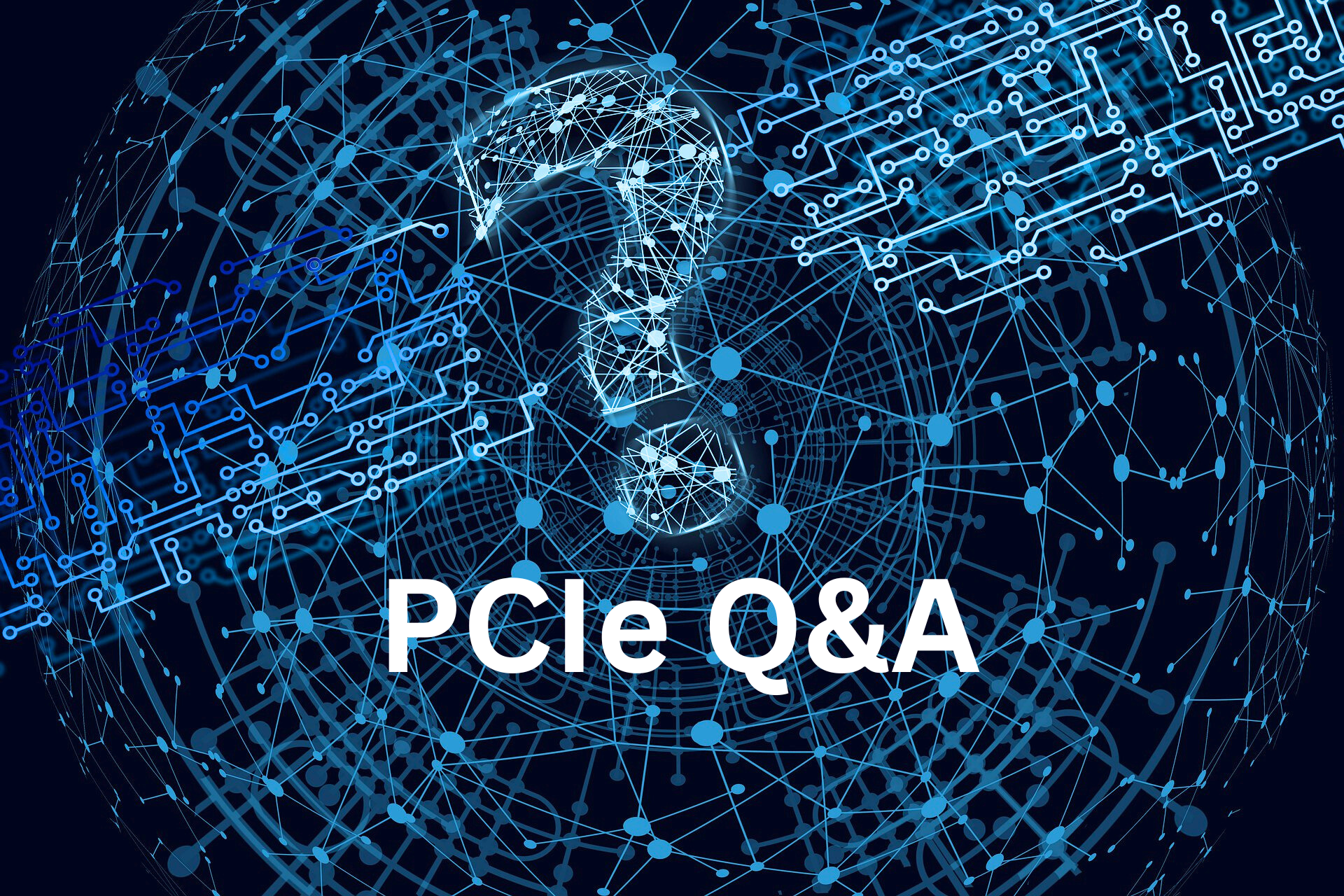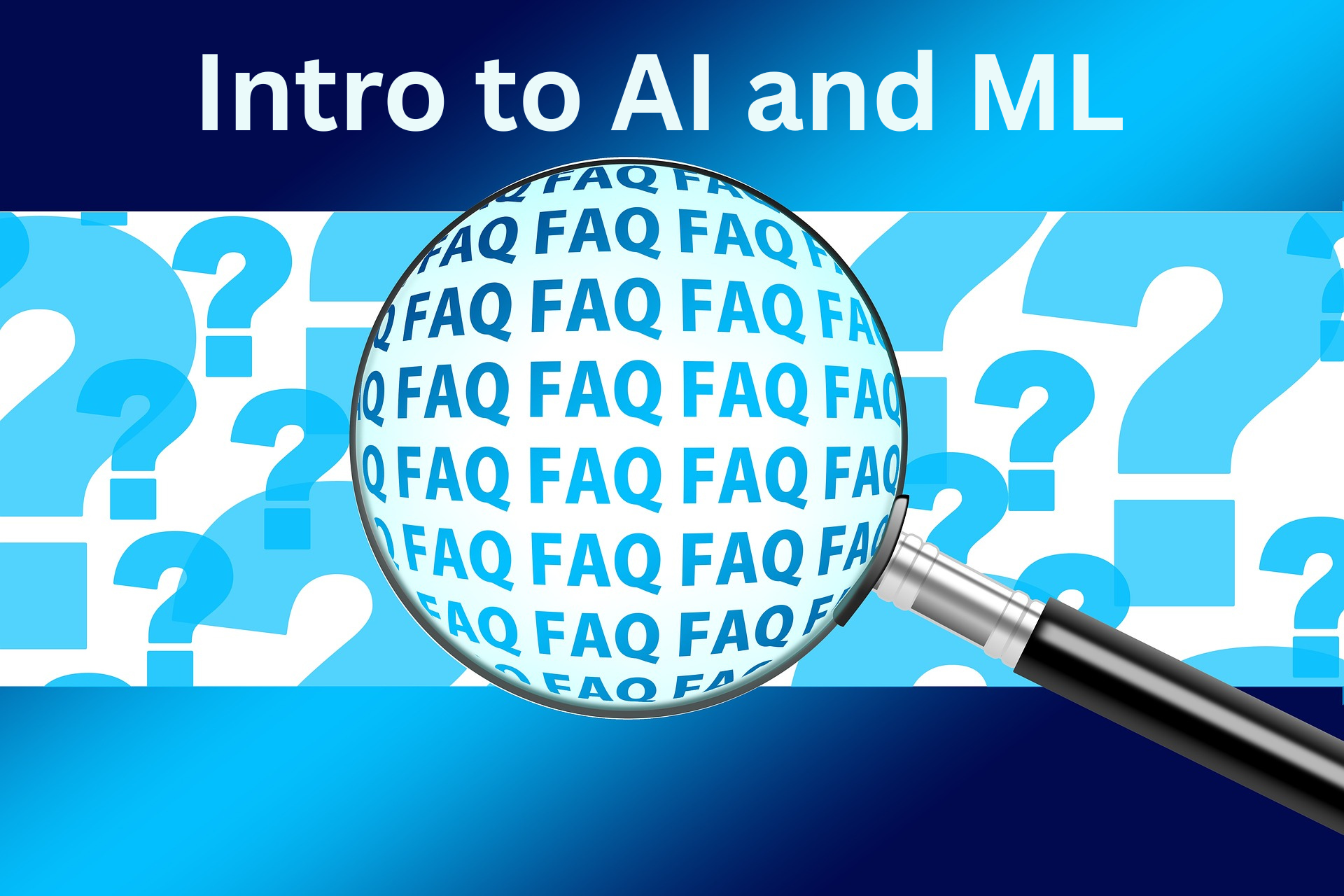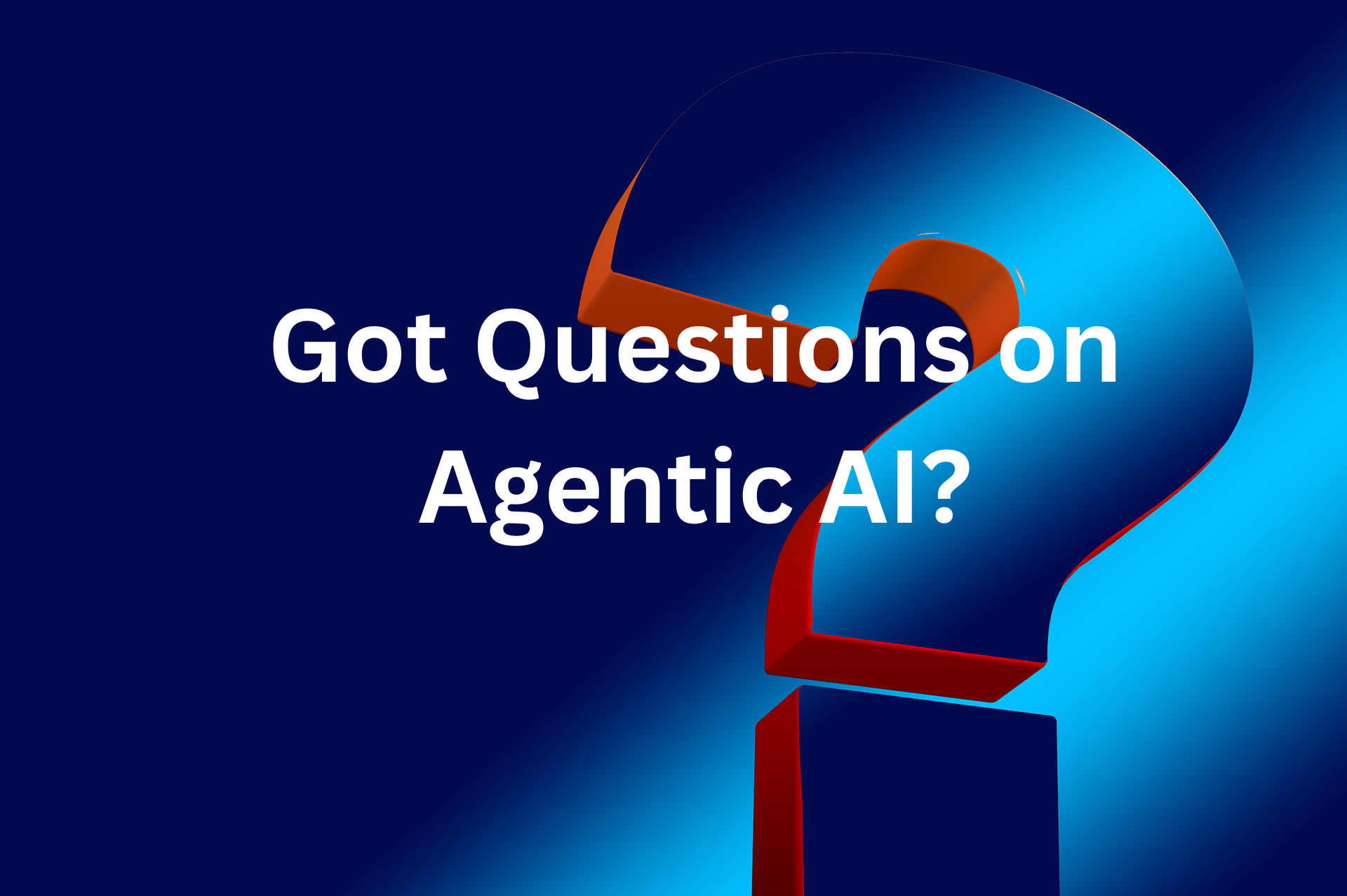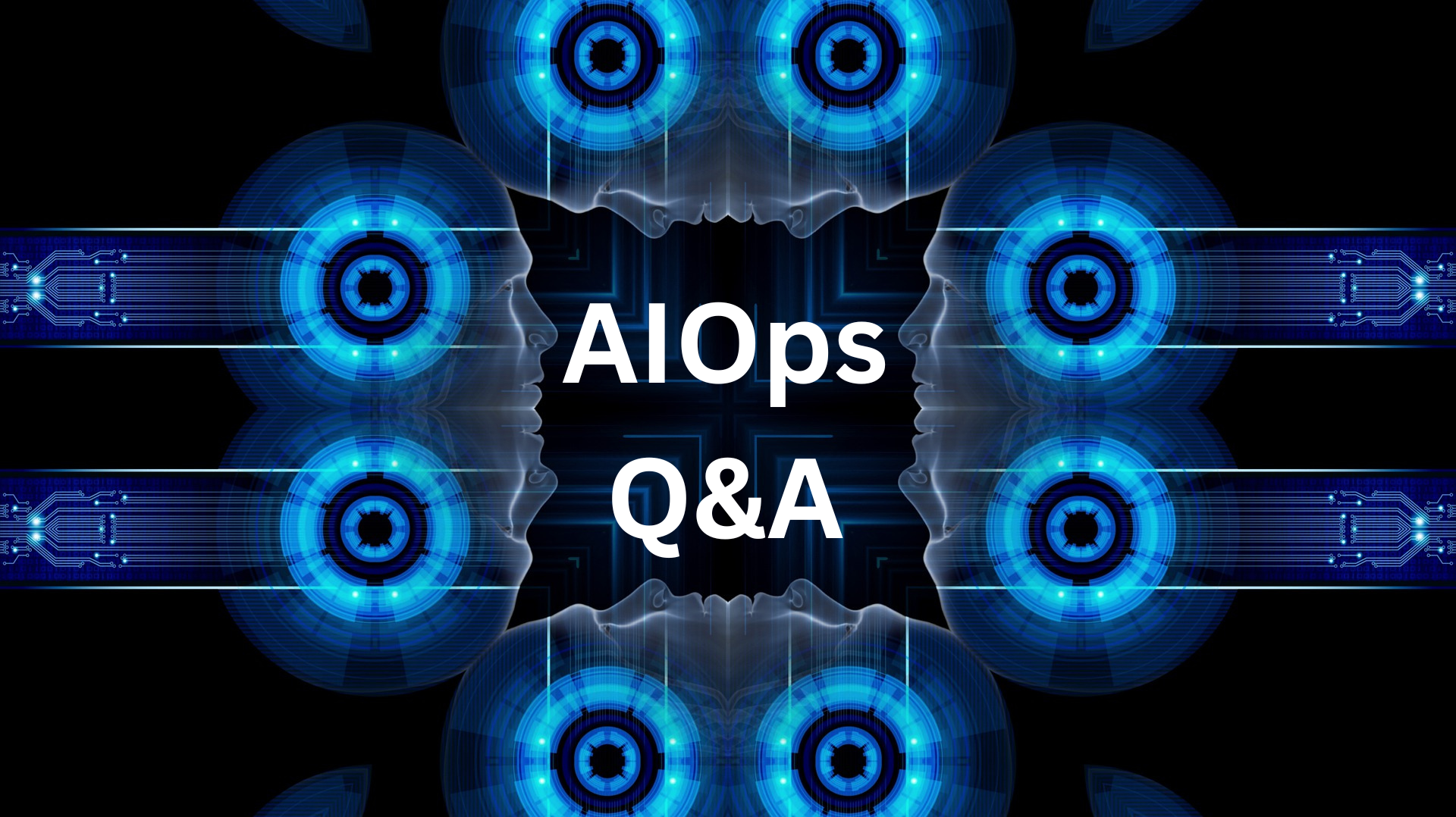Moving well beyond “fix it when it breaks,” AIOps introduces intelligence into the fabric of IT thinking and processes. The impact of AIOps and the shift in IT practices were the focus of a recent SNIA Cloud Storage Technologies Initiative (CSTI) webinar, “AIOps: Reactive to Proactive – Revolutionizing the IT Mindset.” If you missed the live session, it’s available on-demand together with the presentation slides, at the SNIA Educational Library.
The audience asked several intriguing questions. Here are answers to them all:
Q. How do you align your AIOps objectives with your company’s overall AI usage policy when it is still fairly restrictive in terms of AI use and acceptance?
A.There are a lot of misconceptions on company policies and also what constitutes AI and the actual risk. So, there are several steps you can take:
- Understand the policy and intent
- Focus on low risk and high value use cases, for example, data used in IT management is often low risk and high value – e.g. metrics, or number of incidents or events
- Start with a well-controlled and small environment and show value
- Be transparent and demonstrate transparency. Even put human in the loop for a while.
- Maintain data governance – responsible data handling.
- Use industry’s best practices.
- Step 1: Identify the areas of the software development life cycle (SDLC) that you are focused on
- Step 2: Identify the problem areas
- Step 3: identify the tools that can help catch the problems earlier and solve them
- ITOps tools – automate actions to optimize cost
- FinOps tools – analyze and recommend actions to optimize cost.















Leave a Reply